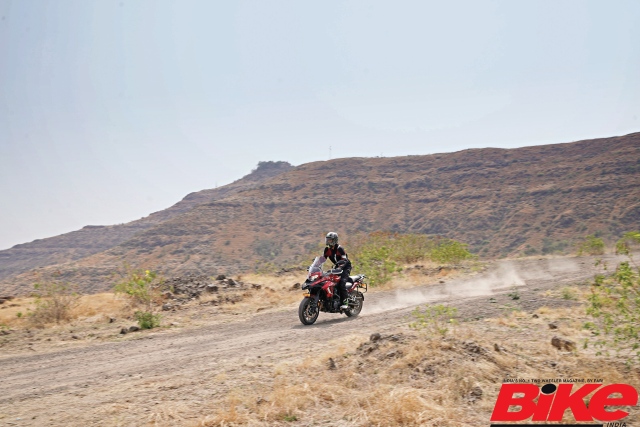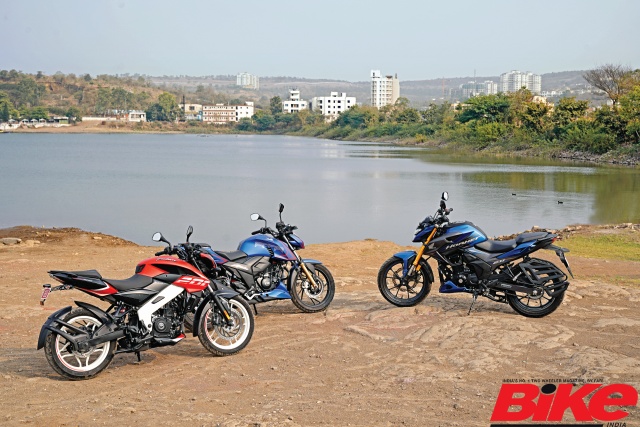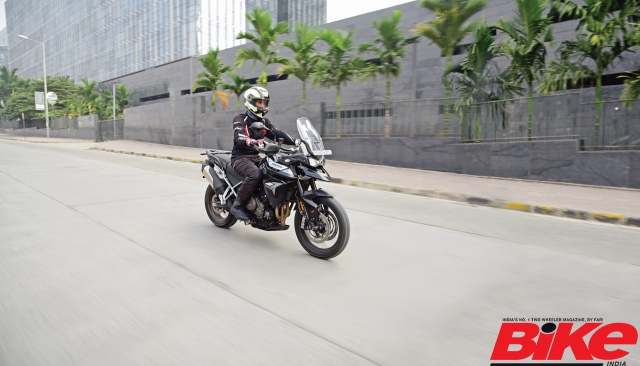The updated Benelli TRK 502’s touring credentials and the annoying process of flying these days made us think that this might just be the right pair of wheels for a holiday

Best Bikes in India | No.1 Two Wheeler Magazine
The updated Benelli TRK 502’s touring credentials and the annoying process of flying these days made us think that this might just be the right pair of wheels for a holiday

The Honda Hornet 2.0 has evolved into a 180-cc machine with a price tag that is just shy of motorcycles that displace more cubic capacity. Which of the three motorcycles discussed here is the one for you? [Read more…] about Bajaj Pulsar NS 200 v Honda Hornet 2.0 v TVS Apache RTR 200 4V Comparison – Three-way Sting
[Read more…] about Bajaj Pulsar NS 200 v Honda Hornet 2.0 v TVS Apache RTR 200 4V Comparison – Three-way Sting
For 2021, Triumph have launched an all-new Tiger, the 850 Sport, which replaces the standard Tiger 900. Here is our first ride report.
[Read more…] about Triumph Tiger 850 Sport First Ride Review – Feral Yet Friendly
The new Bluarmor Blu3 E20 helmet cooler brings improved build quality and comes equipped with a set of cool features.
The alloy-wheeled Tiger may look tame but we felt it just hides the aggression better. We spent a few days with it on our roads to see what it feels like
 [Read more…] about Triumph Tiger 900 GT First Ride Review – The Tiger Adapts to a New Habitat
[Read more…] about Triumph Tiger 900 GT First Ride Review – The Tiger Adapts to a New Habitat